M.Des. Communication Design Admission: Join the program through a competitive application process, showcasing your creative potential.
Admission process for Master of Design (M.Des.) Communication Design Course
The
Master of Design (M.Des.) in Communication Design is a highly sought-after program for individuals interested in pursuing advanced studies and careers in the field of communication design. This program equips students with the knowledge, skills, and expertise required to excel in various aspects of communication design, including graphic design, visual communication, and interactive media. The admission process for an M.Des. in Communication Design typically involves several key steps, including eligibility criteria, application submission, portfolio assessment, interviews, and final selection. In this article, we will provide a detailed overview of the admission process for an M.Des. in Communication Design.
Eligibility Criteria: M.Des. in Communication Design
The eligibility criteria for admission to an M.Des. in Communication Design program may vary from one institution to another. However, some common eligibility requirements include:
-
Educational Qualifications: Candidates are usually required to have a bachelor's degree in a relevant field, such as Communication Design, Graphic Design, Visual Arts, Fine Arts, or a related discipline. The minimum percentage or GPA required may also be specified by the institution.
-
Entrance Exam: Many institutions conduct an entrance examination specifically designed for M.Des. programs. The most common entrance exams for communication design include the National Institute of Design (NID) entrance exam, the Common Entrance Examination for Design (CEED), and the National Institute of Fashion Technology (NIFT) entrance exam. Candidates must qualify for these exams to be eligible for admission.
-
Work Experience: Some institutions may prefer candidates with relevant work experience in the field of communication design. This can be an advantage during the selection process.
Application Process: M.Des. in Communication Design
Once candidates meet the eligibility criteria, they can proceed with the application process, which generally involves the following steps:
-
Online Application: Most institutions offer an online application portal where candidates can fill out the necessary forms and provide the required details. Applicants are typically required to create an account, pay the application fee, and submit the application form along with supporting documents.
-
Submission of Documents: Candidates are usually required to upload a set of documents, which may include:
- Scanned copies of academic transcripts and certificates
- Passport-sized photographs
- Valid ID proof (such as an Aadhar card, passport, or driver's license)
- Category certificate (if applicable, for reserved category candidates)
- Entrance exam scorecard
- Statement of Purpose (SOP): A well-written SOP explaining the candidate's motivation, goals, and reasons for pursuing an M.Des. in Communication Design is often required.
-
Application Fee: Applicants must pay the application fee, which varies depending on the institution. This fee is non-refundable and is usually paid online through the application portal.
Portfolio Assessment: M.Des. in Communication Design
After the initial application submission, many institutions require candidates to submit a portfolio showcasing their creative and design work. The portfolio is a crucial part of the admission process as it allows the selection committee to assess the candidate's design skills, creativity, and potential.
Portfolio Requirements:
The specific requirements for the portfolio may vary by institution, but generally, it should include the following:
-
Samples of Previous Work: Candidates should include a variety of design projects they have worked on, such as graphic design, illustration, branding, web design, or any other relevant work.
-
Visual Documentation: High-quality images or digital representations of their work, including photographs, digital designs, or scanned illustrations.
-
Description and Context: A brief description or context for each project, explaining the concept, objectives, and any challenges faced during its creation.
-
Creativity and Originality: The portfolio should reflect the candidate's creativity, innovation, and unique design style.
-
Technical Proficiency: Showcase proficiency in design software, tools, and techniques relevant to communication design.
Interview Process:
Candidates who pass the initial screening based on their applications and portfolios may be called for an interview. The interview is an opportunity for the selection committee to assess the candidate's communication skills, passion for design, and suitability for the program. During the interview, candidates may be asked about their portfolio, design philosophy, career goals, and their vision for the field of communication design.
Final Selection:
The final selection for admission to the M.Des. in Communication Design program is typically based on a combination of factors, including:
-
Academic Qualifications: The candidate's academic record, including their bachelor's degree performance, is considered.
-
Entrance Exam Score: The scores obtained in the relevant entrance exam are an essential part of the selection process.
-
Portfolio Assessment: The quality and creativity demonstrated in the portfolio play a significant role in the candidate's selection.
-
Interview Performance: The interview performance and the candidate's ability to articulate their ideas and goals are also taken into account.
-
Diversity and Work Experience: Some institutions may give preference to candidates with diverse backgrounds and relevant work experience.
-
Reservation Quotas: For Indian institutions, reservation quotas may apply based on government regulations, and seats may be reserved for candidates from specific categories such as SC/ST/OBC/PwD.
 2 Years
2 Years
 Post Graduate
Post Graduate
 Fashion Design and Technology
Fashion Design and Technology
 Full Time
Full Time


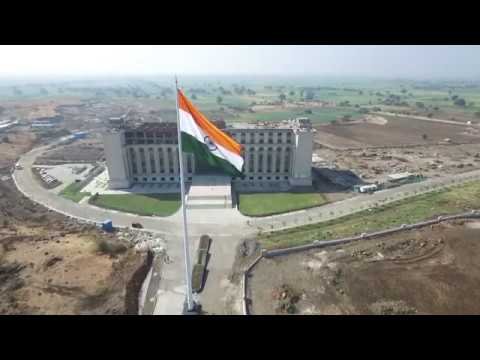
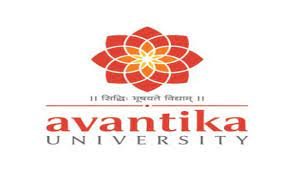

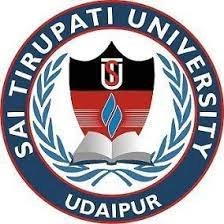
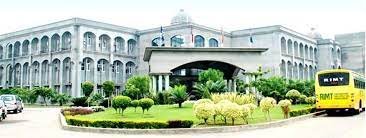
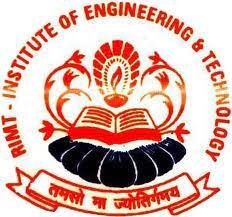


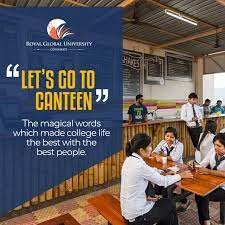

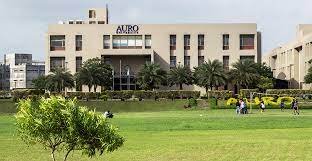
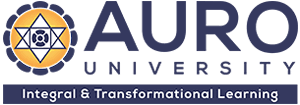
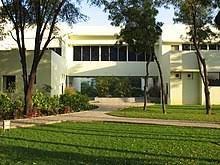

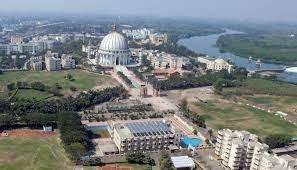
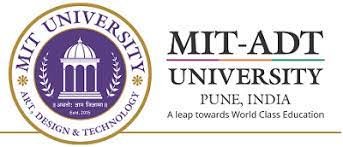
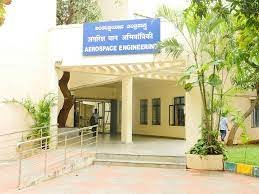
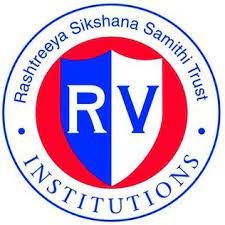

 back
back

